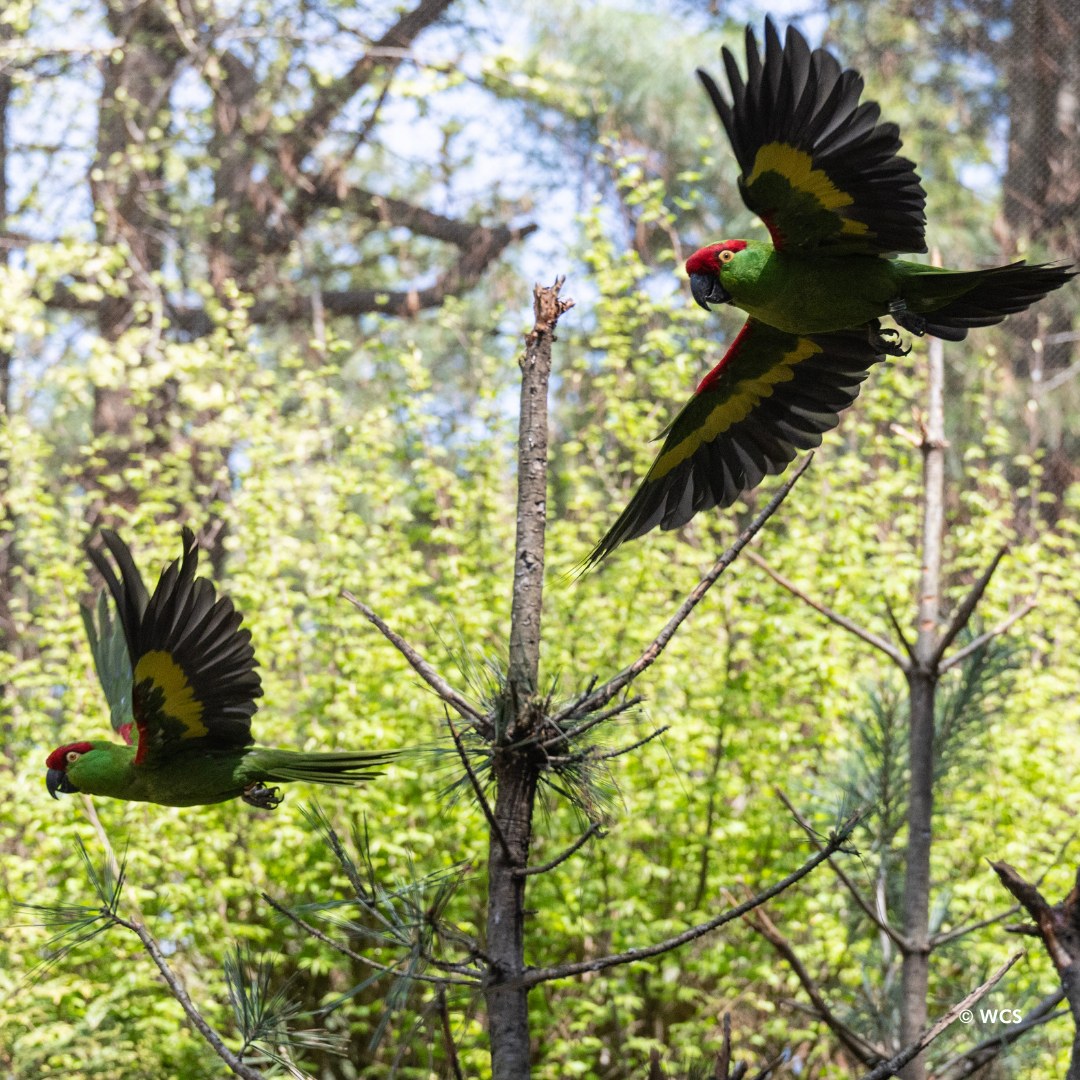- Status and Significance of Thick-billed Parrots in North America
- Conservation Challenges and Past Setbacks
- Achievement of The Queens Zoo in Parrot Breeding
- The Role of Zoos in Wildlife Conservation
- The Call for Public Involvement and Education
Thick-billed parrots hold a special place in North American avian biodiversity, being the only parrot species native to this region. However, their existence is under threat, as they are classified as Endangered by the International Union for Conservation of Nature (IUCN) Red List. Historically, thick-billed parrots thrived in the lush forests of the southwestern United States and northern Mexico. Today, due to significant habitat destruction and illegal poaching, their range is confined to the Sierra Madre Occidental Mountains in Mexico.
Conservation efforts for these birds face numerous challenges. From the destruction of nesting sites to capture for the illegal pet trade, thick-billed parrots have been subjected to pressures that have significantly reduced their wild populations. Furthermore, climate change poses additional risks by altering their fragile ecosystem, causing changes in food availability and habitat structure. The parrot’s plight highlights the need for intensified conservation strategies and international cooperation.
The Queens Zoo stands out as a beacon of hope with its success in thick-billed parrot breeding. Since 2000, the zoo has hatched and reared over 20 thick-billed parrot chicks. This achievement is no small feat considering the captive population in the United States consists of just over 70 individuals. The Queens Zoo’s focused breeding program employs scientific techniques to support genetic diversity and increase the overall population of this endangered species in zoological settings.
Zoos like the Queens Zoo play a vital role in wildlife conservation. They provide safe havens for threatened species and contribute to research, breeding programs, and public education. Zoos are at the forefront of conserving genetic material and facilitating reintroduction programs, which are essential for sustaining the populations of endangered species. The expertise and facilities offered by modern zoos are crucial for maintaining healthy and genetically viable populations of species like the thick-billed parrot.
Public education and involvement are essential components of successful conservation. Visiting the Queens Zoo provides an opportunity for individuals to learn about thick-billed parrots and understand their ecological importance. Public awareness can drive policy changes and bring about critical funding for conservation initiatives. Engaging the public helps spur action and cultivate a community invested in preserving biodiversity.
In closing, thick-billed parrots serve as a reminder of the urgent need to protect endangered species. Their conservation is not just about preserving a single species but maintaining the ecological balance of their habitats. Efforts like those at the Queens Zoo demonstrate the impact of dedicated conservation work and encourage others to participate actively in preserving our natural heritage.
*****
Source Description
On we are sharing some conservation wins over the years! Thick-billed parrots are the only living parrots native to North America and are considered Endangered by the IUCN Red List of Threatened Species. Since 2000, the Queens Zoo has successfully hatched more than 20 thick-billed parrot chicks. This is quite an accomplishment, as the total zoo population in the United States stands at just over 70 individuals.
Historically, these birds could be found throughout the mountainous regions of the southwestern United States and northern Mexico. Due to habitat loss and poaching for the illegal pet trade these parrots exist only in the Sierra Madre Occidental Mountains in northern Mexico.
We hope you’ll visit the Queens Zoo soon to see these striking birds take flight in person.


